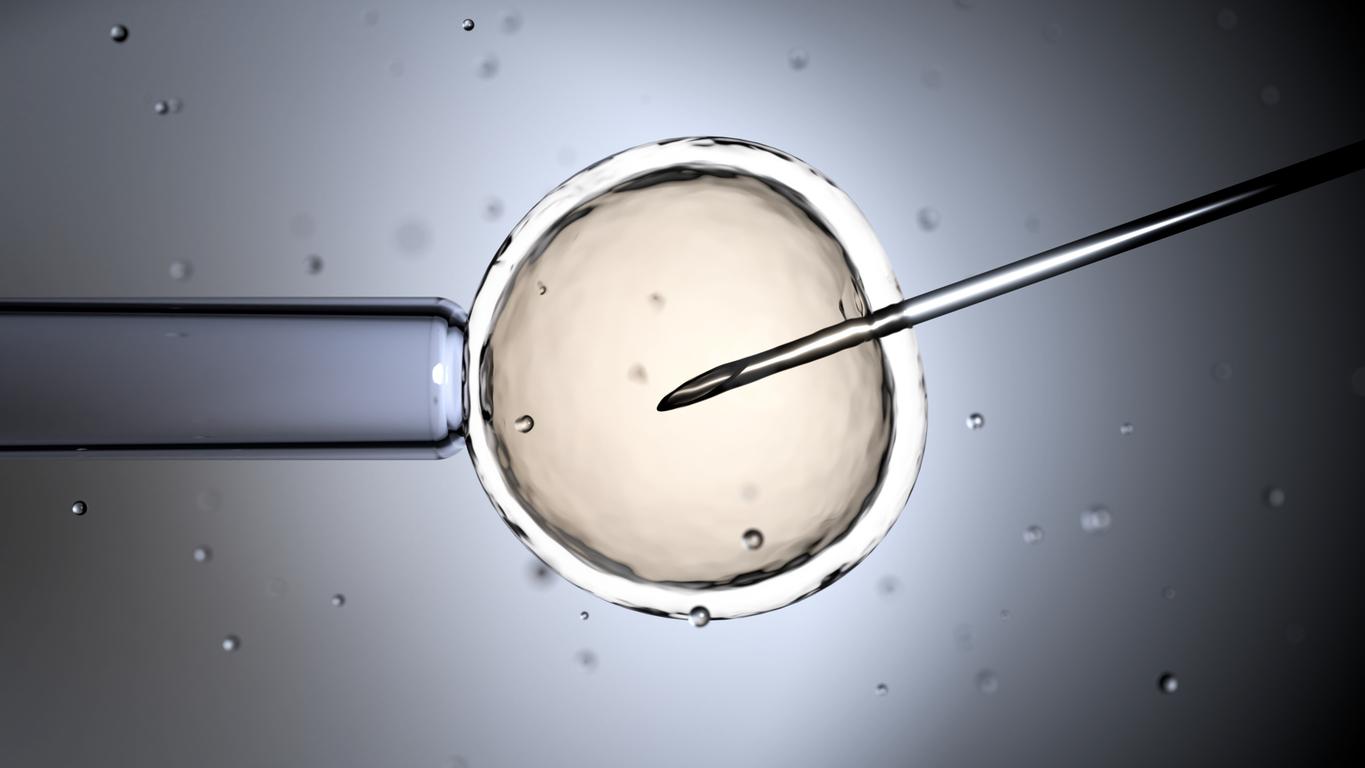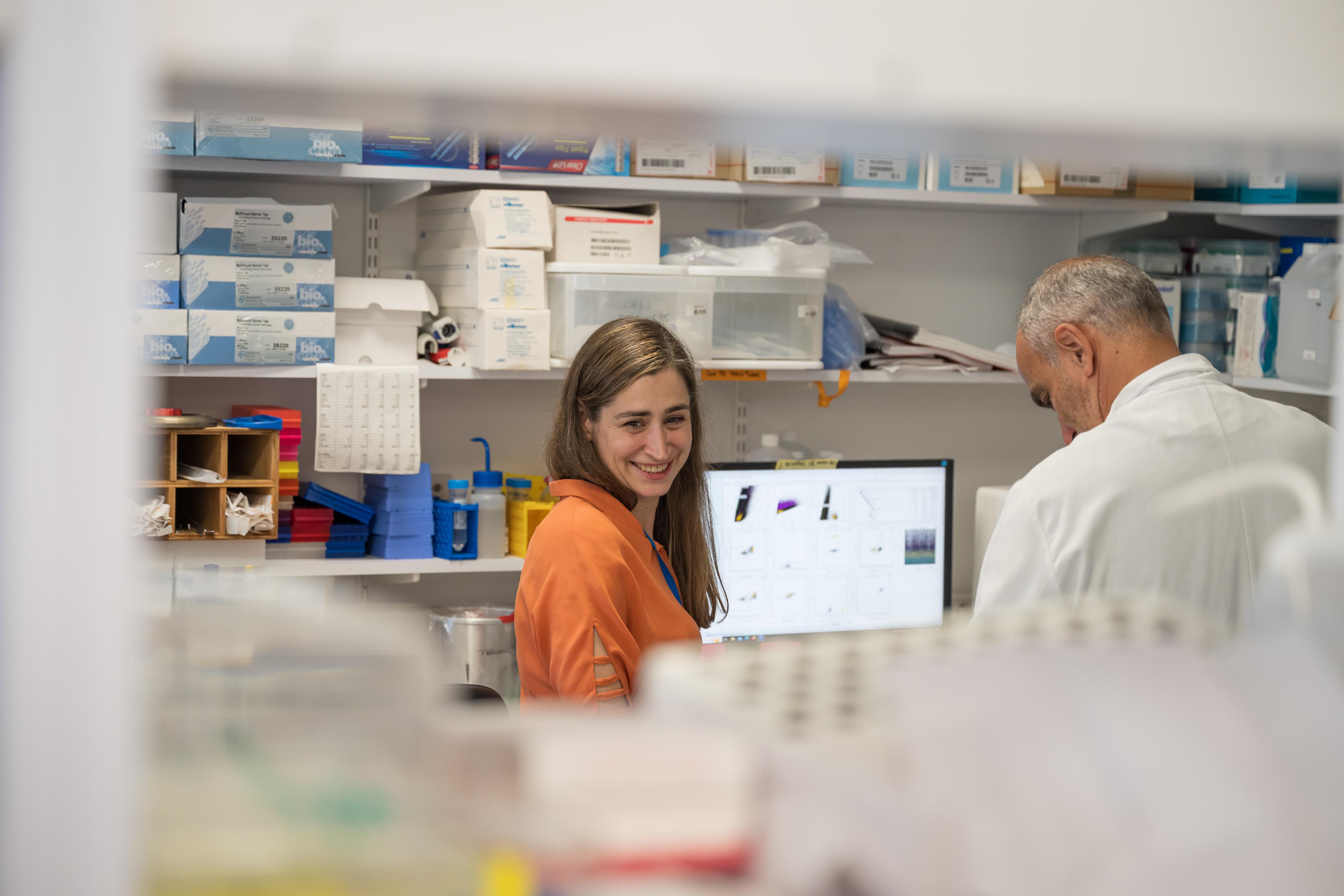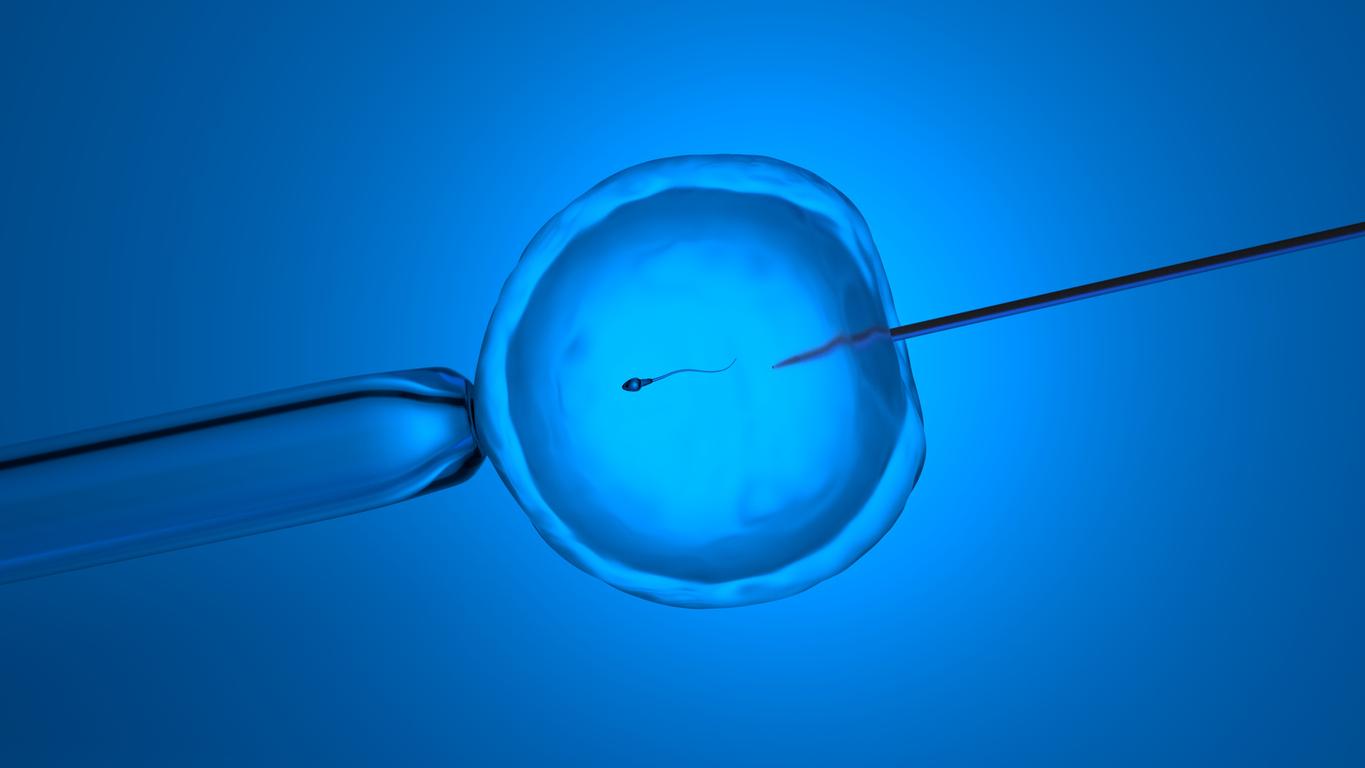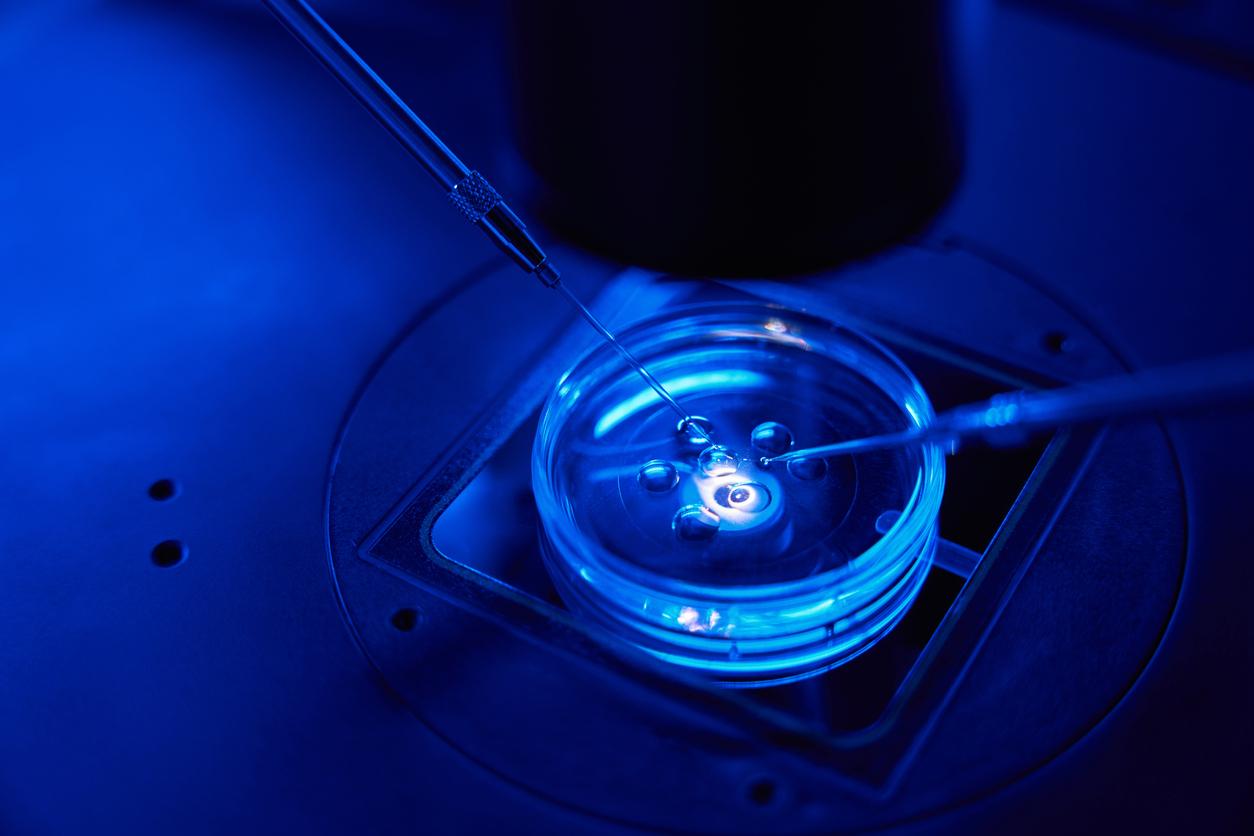By studying the causes of infertility, researchers have highlighted certain characteristics of eggs that are fertilized and develop into embryos.
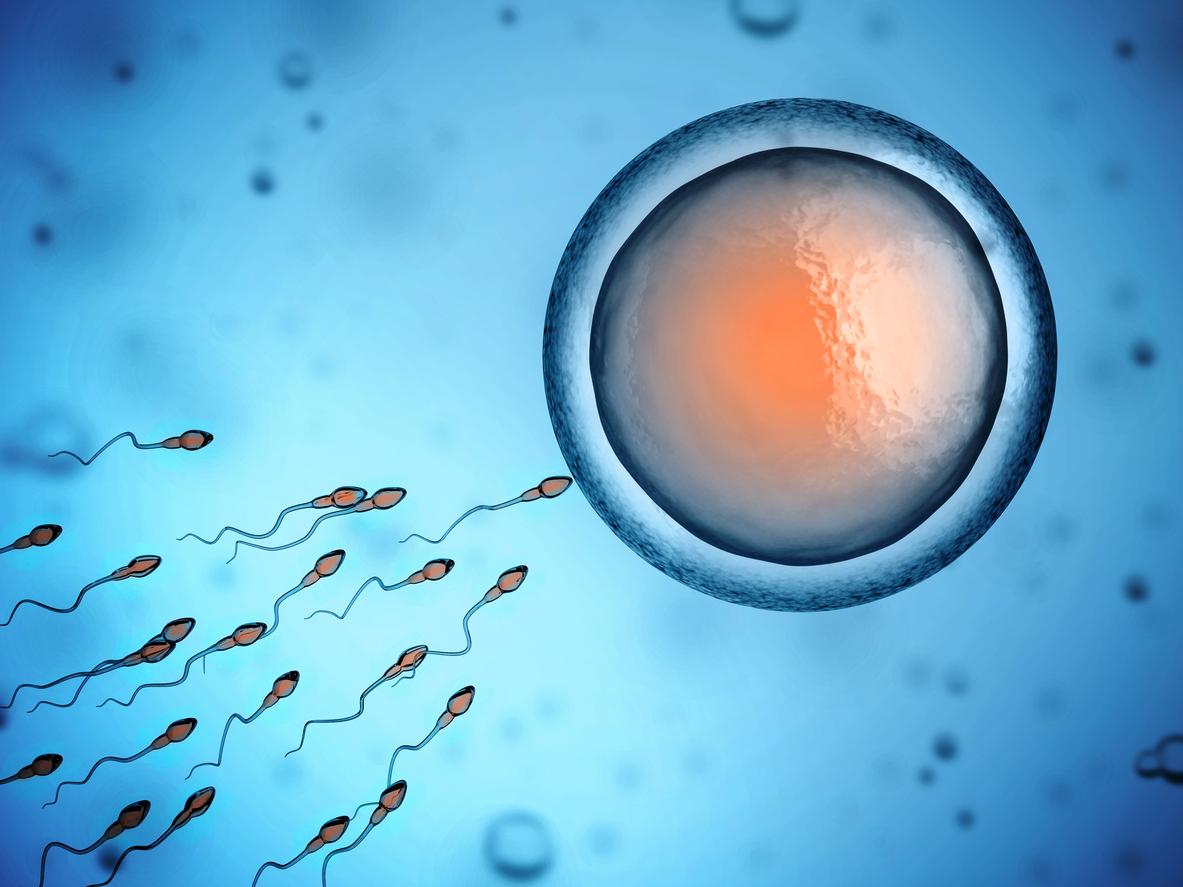
- Researchers have found that mouse eggs that form an unusual cap-like structure before being fertilized are more likely to be viable, attach to the uterus and grow, compared to eggs lacking this structure.
- By analyzing eggs that did not develop into embryos, they also identified a common gene that, when mutated, causes an abnormal number of chromosomes in mouse eggs.
- In France, 18 to 24% of heterosexual couples of childbearing age remain childless after twelve months of attempts without contraception, according to Health Insurance.
Infertility, defined as the inability to conceive despite regular unprotected sex, is a common problem. In France, 18 to 24% of heterosexual couples of childbearing age remain childless after twelve months of attempts without contraception, according to Health Insurance.
The causes of infertility are still unclear: why is one egg successfully fertilized and develops into an embryo, and why is another doomed to fail? It’s for the better “understanding the genetic roots of female infertility” that researchers from Rutgers University, in the United States, carried out two separate studies on rodents.
Hooded eggs more likely to be viable and fertilized
In the first study, published in the journal Nature Communicationsthey found that mouse eggs that form an unusual cap-like structure before being fertilized are more likely to be viable, attach to the uterus, and grow, compared to eggs lacking this structure.
Indeed, unlike other types of cells, eggs that divide into two cells form them unequally: one, the egg, receives most of the vital material, such as genetic information and structures producing proteins, while the second, known as the polar body, receives little and eventually dies. However, in successfully fertilized eggs that develop into embryos, the caps form a protective barrier that prevents these essential materials from seeping into the polar cell.
“The cap is the limit between the egg which will be fertilized by the sperm and the non-functional polar cell, explains Professor Karen Schindler, lead author of the study, in a communicated. Without this plug, the egg is less likely to become an embryo.”
A genetic mutation that causes fertilization attempts to fail
In a second study, published in theHASAmerican Journal of Human Genetics, the researchers relied on data collected by in vitro fertilization (IVF) clinics during genetic tests carried out on eggs that did not develop into embryos. They identified a common gene that, when mutated, causes an abnormal number of chromosomes in mouse eggs – a leading cause of early miscarriage and IVF failure.
With these studies which provide a better understanding “the basic mechanisms of what makes a high quality egg and embryo”scientists hope to improve the clinical success rates of IVF.









